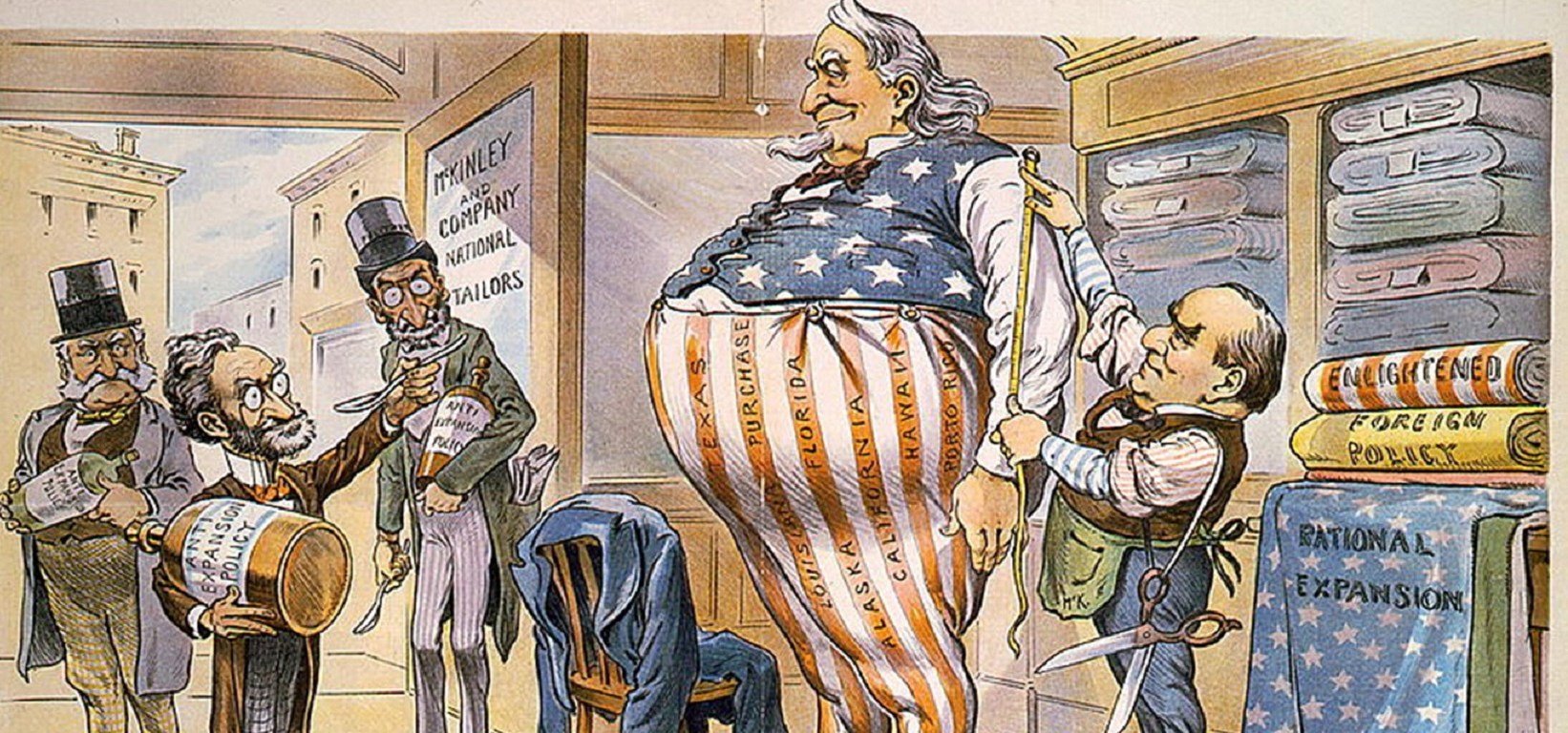With all eyes focused on COVID and its associated costs in lives and treasure, another much more deadly and morbid affliction threatens to sink our world.
Obesity and its prevalence have risen over decades to become something close to the norm. The Centre of Disease Control in the United States tells us that 42.4% of Americans suffer from the condition.
In 2016 the National Centre for Biotechnology Information predicted that “over 85% of adults” will be “overweight or obese by 2030”. Right on cue, we are now well over the 70% mark for over 18s.
Given that being overweight or obese “reduces life expectancy by an average of 3 to 10 years”, according to the UK’s National Health Service, it was no great surprise to learn that US life expectancy in 2021 dropped by a full year – the biggest drop since World War II.
Some reports attributed the decline to COVID (along with heart disease, cancer and other conditions aggravated by the virus); others noted that the signs of a crisis abounded way before the pandemic took hold.
A report in the American Medical Association Journal tells us that life expectancy in the “US has increasingly fallen behind that of peer countries, culminating in an unprecedented decline in longevity since 2014”.
In addition, the direct costs associated with being overweight or obese were estimated to being around $500 billion five years ago. The “total cost of chronic diseases due to American obesity and overweight” was “around $1.72 trillion” at the time – or 9.3 percent of America’s total economic output that same year according to a Milken Institute research note.
Whichever way your break it down, the affliction is deadlier and more costly than smoking.
We are not dealing with a “Black Swan” unforeseen event that took the world by surprise, a la COVID. Instead, we are faced with a “Gray Rhino” – a slow moving, obvious danger that is conveniently ignored.
That it should be seems relevant, given the scale, costs and effect on life expectancy globally.
A case could be made that our health officials have fallen asleep at the wheel on the subject a long time ago.
Habits can be very hard to change, especially in bureaucratic organisations that must deal with complex and competing stakeholder priorities. In such cases, the path of least resistance is often the safest one.
In the International Journal of Obesity, Erik Hemmingsson highlights “that much of the political disinterest” in implementing obesity prevention policies could stems from a lack of public support: the broad view, he says, is that obesity is “self-inflicted, and that individuals with obesity lack character and will-power”.
He notes that another barrier to action “is the nanny-state argument”. He adds that this argument holds some merit as “we do not want governments to be overly authoritarian”.
The idea of officials telling people how and what to eat is rightly distasteful. Government intervention in our daily diets would make average food worse. It would also grant unbearable powers of interference to the more officious in our societies to the detriment of all.
The sense of impotence on the topic for the experts who focus on the topic is palpable. It is not just that finding a consensus on the topic of food consumption globally would require a great deal of tilting pointlessly at the windmills; it is also that the burden of implementation would fall disproportionately on national and regional governments, many of which still require their people’s support. They would bear the brunt of an inevitable political backlash.
Although there has been some stirrings, these have tended to be desultory. For instance, in 2018, a Global Action Plan on physical activity was agreed by the World Health Organisation. It included a target of a 15% relative reduction by 2030 in “the global prevalence of physical inactivity in adults and adolescents”. In 2020, COVID hit. Everyone stayed at home. Obesity barely noticed.
In the United Kingdom, the National Health Service, usually so keen to opine on myriads of health-related issues, furthers a sense of lethargy.
In line with the view that the affliction is self-inflicted, the tax-payer funded Behemoth explains the root cause of the problem succinctly: “Obesity is generally caused by eating too much and moving too little”. It rejects the genetic “it runs in my family” or “it’s in my genes” arguments. It adds, “the best way to treat obesity is to eat a healthy reduced-calorie diet and exercise regularly.”
In other word, the sufferer lacks a credible path to victimhood. It is his fault.
However, the difficulty of finding a consensus on how to deal with this “Gray Rhino” notwithstanding, there is perhaps an even simpler and yet more important barrier than bureaucratic doziness to solving the problem.
Fundamentally, at the root could be an irreconcilable conflict of interest between government and citizens.
For governments and their leadership, success is defined in the abstraction of economic growth. Few topics come close to headline GDP numbers in terms of importance.
Everything from the cost of borrowing to departmental spending depends on that number. It is the cornerstone of our modern bureaucratic, expert-led age.
“It’s the economy, stupid”, the slogan that came to define Bill Clinton 1992 election victory, neatly crystallises the point.
Central to the divergence between government and people could, then, stem from the centrality of GDP, how it is calculated and what perverse incentives it imposes on officialdom at the expense of individuals, their families and their future.
We notice that the rate of growth in GDP per capita in the United States from the early 1960s onwards tracks elegantly the rate of increase in the prevalence of obesity.
At that time, 3% of the population was considered obese; it is now close to half – a percentage expansion of circa 1500%. GDP per capital rose 1900% over the same period.
In 60 years the total population of America nearly doubled to over 330 million. The overweight and obese population of the United States is greater today than the entire population of 1960s America.
Of the numbers making up Gross Domestic Product, 70% comes from what is called Personal Consumption Expenditure. In other words, out of a GDP of $ 22 Trillion, around $ 15 Trillion comes from consumption.
Around a third of that is spent on, among other things, food, restaurants, alcohol, tobacco, and healthcare. The latter, at circa 17%, is the greatest item of personal expenditure, ahead of Housing.
In short, $ 5 trillion is consumption directly linked to obesity and overweight.
We could reasonably include other items such as clothing, energy consumption and transportation as related, albeit indirectly, to our calculation.
As the National Health Service tells us, if eating less and moving more is the solution and there are no genetic reasons for the condition, dealing with the issue ought to be straight forward.
And given that there is no upside to being obese, only downsides, dealing with this “plague” should bring governments and citizens together in a rare instance of obvious shared interest.
However, using a relatively wide-spread fasting diet as a guide, which stipulates two to three days of virtually “no eating” per week, would see Personal Consumption Expenditure plummet by between 30 to 40% across three quarters of the population.
Such a national diet would equate to a fall in consumption of anything between $ 1 to $ 1.4 trillion; or an aggregate GDP fall of between 5% and 6%, on a sustained basis. By comparison, the Great Recession of 2007 to 2009 saw Real GDP fall by 4.3% from peak to trough.
In the short run, such a drop, while benefiting each and every American health-wise, would throw the US administration into confusion. The longer run? It is too far removed for stakeholders to care.
Confronted between an economy that is healthy in theory and a population that is dangerously sick in practice, there is no doubt that our leaders will chose the former above the latter and stay asleep at the wheel waiting for the inevitable Gray Rhino to gallop into, to mix metaphors, our failing ship of state.













